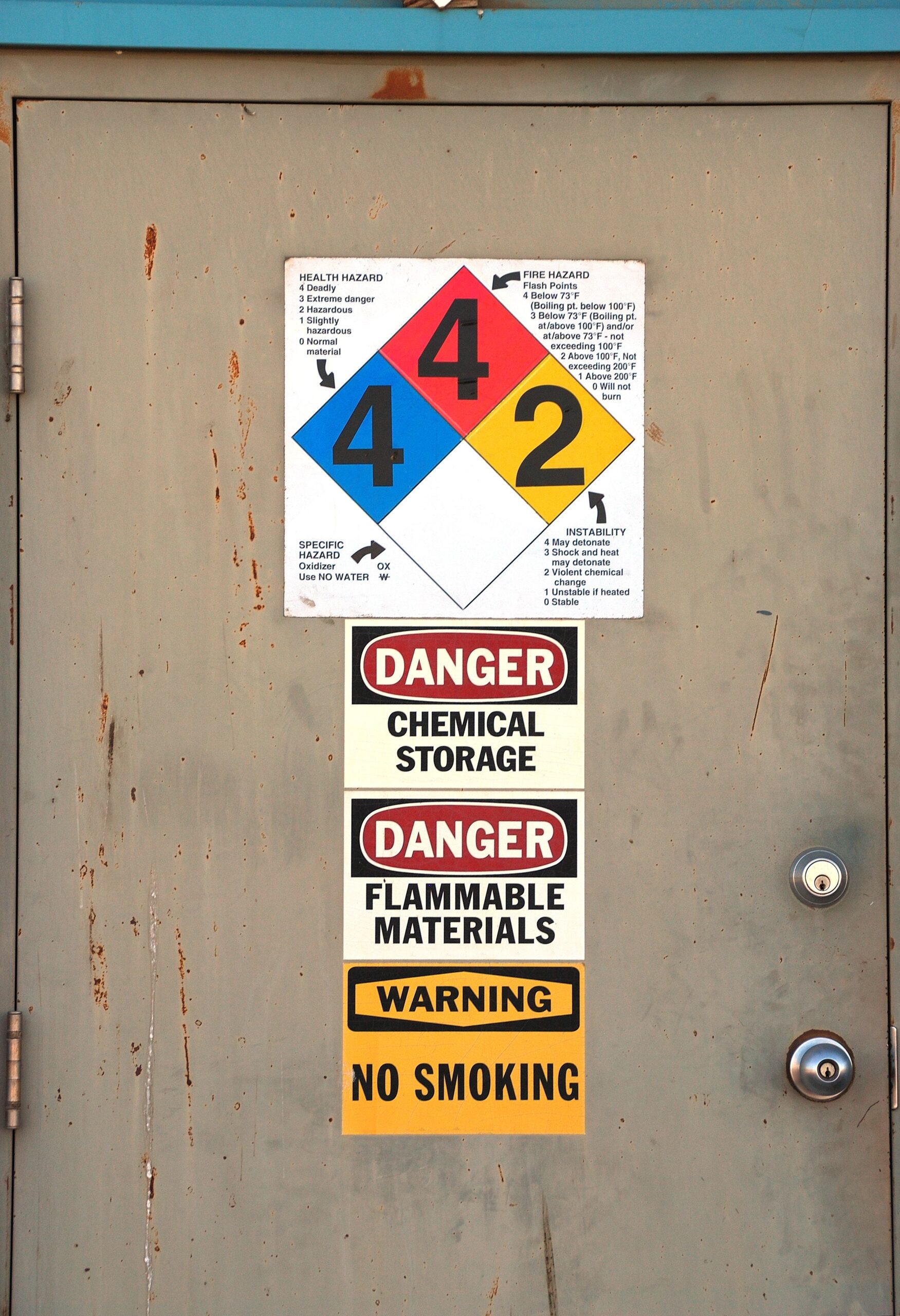NFPA’s Top Fire Safety Tips For Public Buildings

Public buildings, like schools, libraries, and offices, are places where people come together. Keeping these places safe from fires is super important. Fires can start quickly and spread even faster, putting everyone inside at risk. That’s why the National Fire Protection Association (NFPA) offers tips to keep these buildings safe. By following these fire safety tips, we can help ensure that everyone can get out safely if a fire starts and the damage is kept as low as possible.
There are lots of things in these buildings that can be fire hazards. For example, kitchens in public buildings have ovens and stoves that can catch fire if they’re not used right. Offices have lots of electrical equipment like computers and printers; if they need to be taken care of, they can overheat and start a fire.
Other hazards include things like candles or decorations that can catch fire easily. Even piles of paper or trash can be risky if they’re too close to something hot.
To keep the building safe, it’s important to monitor these hazards. This means ensuring that kitchens are clean and nothing flammable is near the stove. In offices, it means ensuring that electrical cords are in good shape and not overloaded.
Implementing Proper Fire Prevention Measures
Public buildings need to have fire prevention measures in place. This means doing things to stop fires from starting. A big part of this is having good smoke detectors and fire alarms. These must be tested often to ensure they’re ready to go off if there’s smoke or fire.
Another measure is to have fire extinguishers in easy-to-find places. These should also be checked regularly to ensure they’re full and ready to use. It’s also smart to have sprinkler systems in the ceilings. Sprinklers can put out a fire fast before it spreads too much.
Keeping things tidy is also important. Don’t let trash, like paper or boxes, pile up. These can catch fire easily, so getting rid of them can prevent a fire from starting or getting bigger.
Last, it’s key to ensure all the exits are clear. If there’s a fire, people need to be able to get out fast. This means no blocking doors with things like chairs or tables.
Educating Staff and Occupants on Fire Safety
Teaching people in public buildings about fire safety is as important as having the right equipment. Everyone should know what to do if there’s a fire. This includes knowing where all the exits are and having a meeting place outside where everyone can be counted.
Staff should be trained on fire extinguishers and what to do if they hear the fire alarm. They should also know how to help visitors get out safely.
It’s good to have fire drills a few times a year. During a drill, everyone practices leaving the building quickly and safely. This helps ensure that people will remember what to do if there’s a real fire.
Regular Inspections and Maintenance of Fire Protection Systems
For fire safety in public buildings, keeping all the fire protection systems in good shape is super important. This means that someone has to check the smoke detectors, fire alarms, and sprinklers often to ensure they work correctly. It’s like taking your car to the garage for a check-up; you want to ensure everything is okay before using it.
Everyone should test the fire alarms every month to hear if they’re loud and clear. Smoke detectors need new batteries at least once a year, and someone should push the test button to ensure the alarm beeps. Sprinklers need a pro to look at them and ensure nothing is blocking them and that they’re not rusty.
Fire extinguishers need a check-up, too. They should have the right pressure and be full of the stuff that puts out fires. They need to be replaced if they’re too old or something’s wrong with them.
Developing an Effective Emergency Evacuation Plan
Having an evacuation plan means knowing how to leave the building quickly if there’s a fire. The plan should show all the ways out and have signs that are easy to see. It’s like having a map that shows you the fastest way to get somewhere.
Everyone should know at least two ways to get out if one way is blocked by fire. There should be a spot outside where everyone meets after they get out. This is so you can make sure that no one is left inside.
It’s important to practice this plan with everyone in the building. This is called a fire drill. Practicing helps everyone remember what to do and where to go, even if they’re nervous or scared.
The plan should also have special steps for helping people who might need extra help, like those who use wheelchairs or can’t see well.
Uphold Fire Safety Standards with Fire Safety Alarms, Inc.
Elevate your building’s safety with Fire Safety Alarms, Inc., where we ensure your fire safety measures meet NFPA standards. We specialize in comprehensive fire alarm services and are dedicated to delivering state-of-the-art fire alarm systems that protect New York’s public spaces and workplaces.
With our emergency management & services, you can trust that your establishment is prepared for any fire-related emergency.
